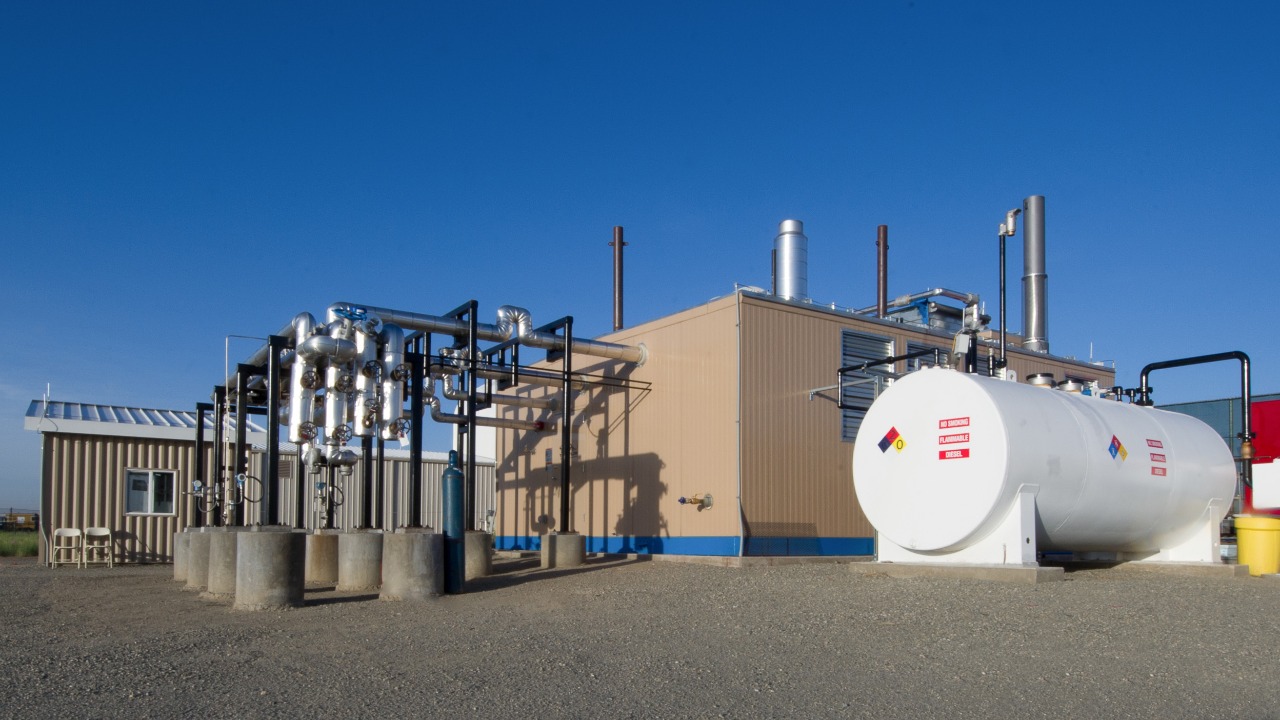
Ice battery cooling systems present a groundbreaking approach to relieving stress on our electric grids, especially during periods of high demand. As an environmentally-friendly alternative, these systems leverage a freeze-and-melt cycle to deliver effective cooling solutions.
Understanding Ice Battery Cooling Systems
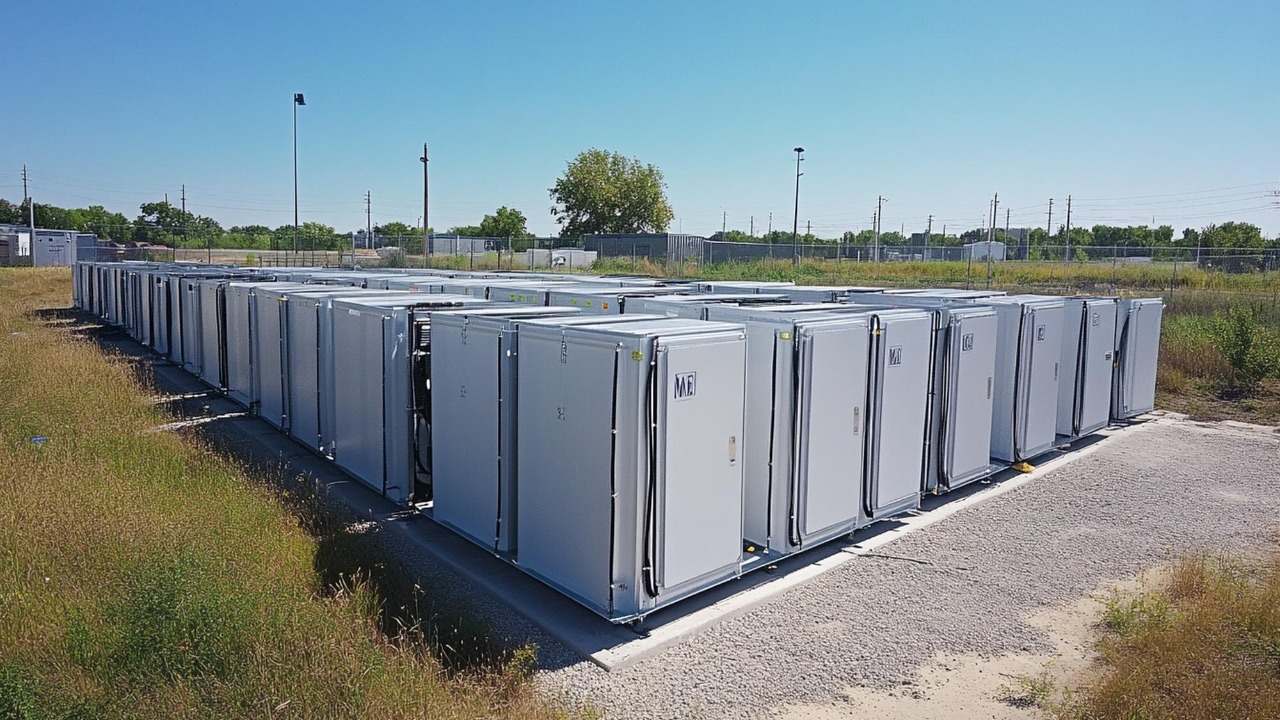
Ice battery cooling systems operate through a simple yet effective process. They freeze water at night when demand for electricity is low and then melt the ice during the day to provide cooling. This cycle reduces the amount of electricity required from the grid during peak hours, helping to balance loads and prevent blackouts.
Compared to traditional HVAC systems, ice batteries offer a more efficient and sustainable solution. While HVAC units consume a significant amount of energy during the day, ice battery systems shift that energy usage to off-peak hours. This not only helps alleviate pressure on the power grid but also reduces energy costs. Buildings such as office complexes, schools, and data centers, which typically have significant cooling needs during peak hours, can greatly benefit from these systems. Interesting Engineering provides a thorough explanation of how these systems work.
The Eco-Friendly Benefits of Ice Batteries
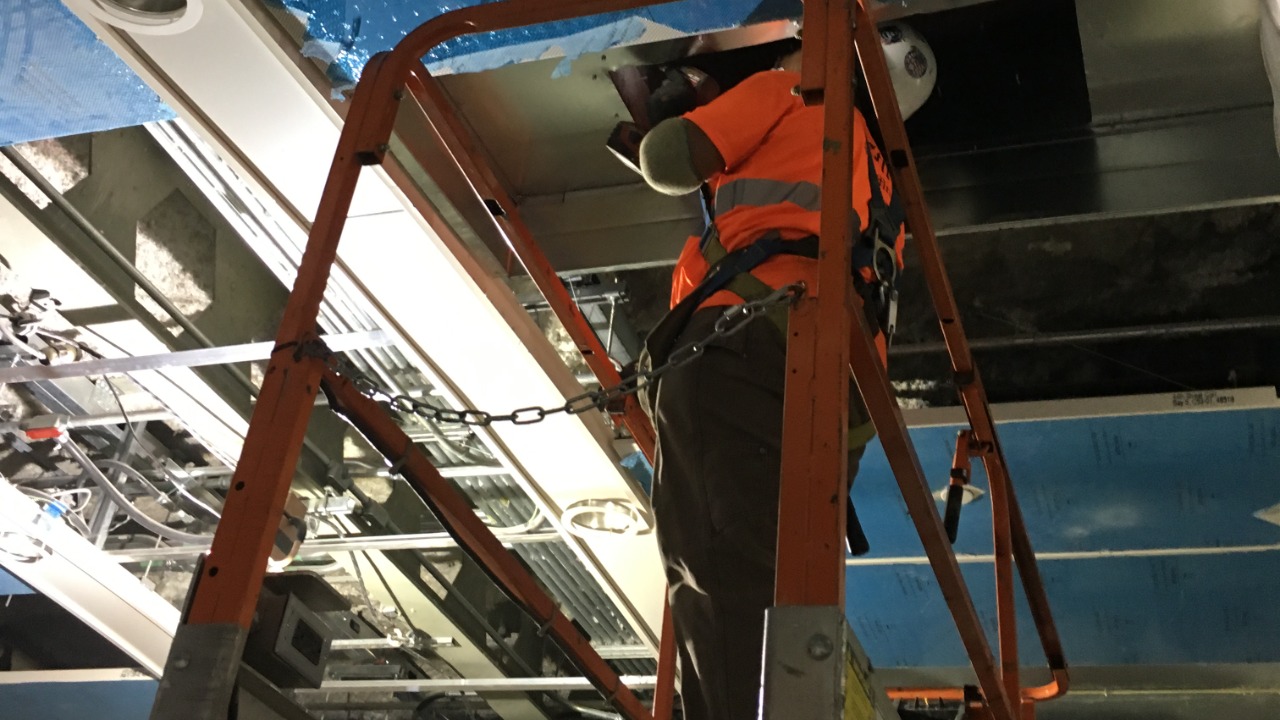
Ice battery cooling systems provide several ecological benefits. By shifting energy usage to off-peak hours, they reduce the strain on the grid during times of high demand. This helps to prevent power outages and reduces the need for additional power plants. Furthermore, by using water as a primary cooling medium, ice batteries can significantly decrease carbon footprints.
The cost savings associated with ice battery systems are also noteworthy. Since these systems utilize energy more efficiently, they can significantly reduce electricity bills. Moreover, they require less maintenance than traditional HVAC systems, leading to additional cost savings in the long run.
The Science Behind Ice Battery Cooling Systems
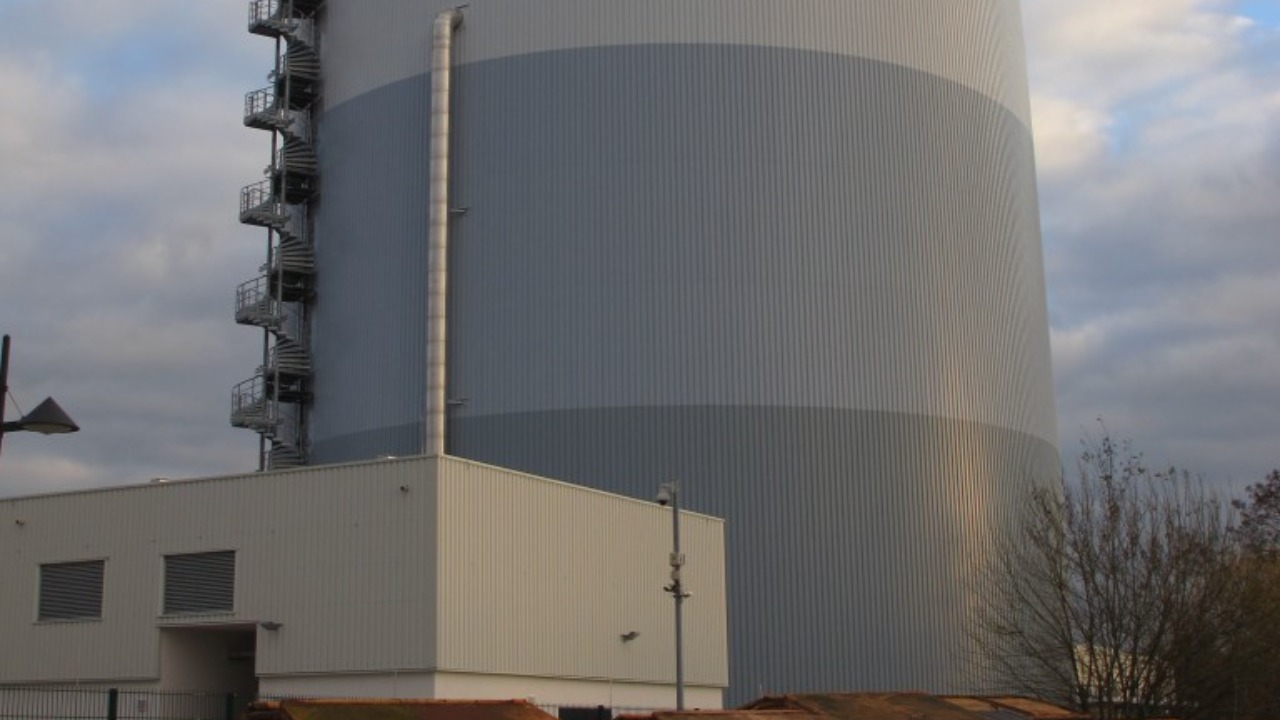
Ice battery cooling systems use the concept of thermal energy storage. They store energy in the form of ice during off-peak hours and release it in the form of cooling during peak times. This process is made possible through the use of refrigerant and heat exchangers. The refrigerant goes through a freeze-and-melt cycle, absorbing heat from the surrounding environment during the melting phase and releasing it during the freezing phase.
This freeze-and-melt cycle is fundamental to the operation of ice battery systems. When the ice melts, it absorbs heat from the surrounding environment, effectively cooling it. Then, during off-peak hours, the system refreezes the water, preparing it for the next cooling cycle. Nostromo Energy offers a deeper dive into the science behind these innovative cooling systems.
Real-World Applications of Ice Battery Cooling Systems
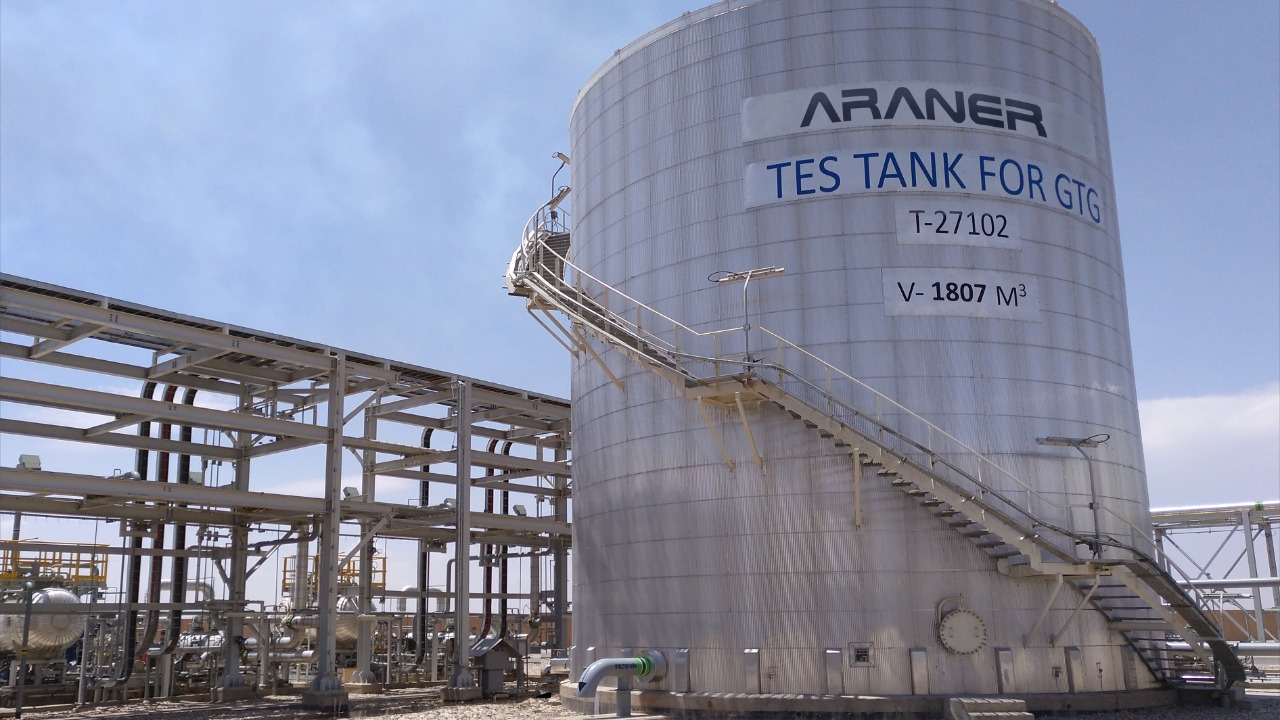
Ice battery cooling systems are already being used in various buildings around the world. For example, the Staples Center in Los Angeles has implemented an ice battery system to manage its cooling demand. Moreover, a number of companies, such as Ice Energy and CALMAC, are manufacturing ice battery cooling systems, paving the way for more widespread use.
Looking toward the future, it’s clear that ice battery technology has the potential for further development. Innovations in materials and design may lead to more efficient and cost-effective systems, and advances in related technologies, such as renewable energy and energy storage, could further enhance the benefits of ice batteries.
Challenges and Opportunities in the Ice Battery Sector

Despite their benefits, ice battery cooling systems also face several challenges. High upfront costs can deter potential users, and the systems’ relatively large size can make them impractical for some buildings. Additionally, regulatory barriers and a lack of awareness about the technology can hinder adoption.
However, there are also ample opportunities for growth in the ice battery sector. As policies and regulations evolve to support renewable energy and energy efficiency, ice batteries could become more attractive. Furthermore, as more people become aware of the benefits of these systems, demand is likely to increase. A report from the MIT Energy Initiative provides an insightful analysis of the challenges and opportunities in this field.